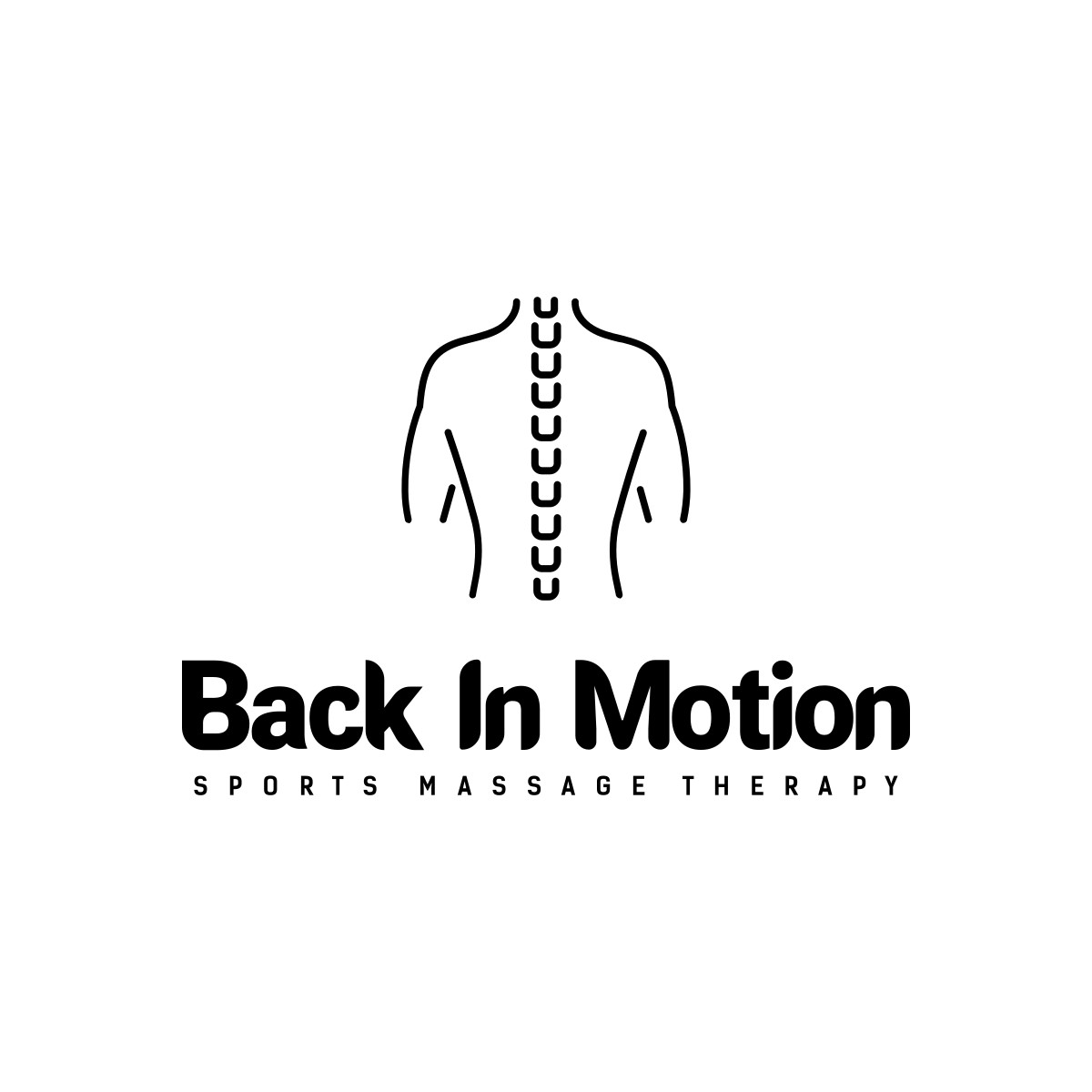Understanding the Techniques Behind Effective Massage Therapy
- Back In Motion Sports Massage

- Oct 13
- 3 min read
Massage therapy is a powerful tool for promoting relaxation, reducing pain, and improving overall well-being. It involves various techniques that target muscles, connective tissues, and circulation to provide therapeutic benefits. Understanding these techniques can help you appreciate the skill involved and choose the right type of massage for your needs.
Exploring Different Massage Therapy Techniques
Massage therapy encompasses a wide range of methods, each designed to address specific issues or preferences. Some of the most common techniques include Swedish massage, sports massage, trigger point therapy, and myofascial release.
Swedish Massage: This is the most popular form of massage, known for its gentle, flowing strokes. It helps increase blood flow, ease muscle tension, and promote relaxation.
Sports Massage: Designed for athletes, this technique focuses on preventing and treating injuries. It combines deep pressure and stretching to improve flexibility and reduce muscle soreness.
Trigger Point Therapy: This method targets specific tight areas within muscles, known as trigger points, to relieve pain and improve mobility.
Myofascial Release: This technique involves applying gentle sustained pressure to the connective tissue (fascia) to eliminate pain and restore movement.
Each technique uses different hand movements, pressure levels, and rhythms to achieve its goals. Skilled therapists often combine these methods to tailor the session to the client’s needs.

The Role of Massage Therapy in Health and Wellness
Massage therapy is more than just a luxury; it plays a significant role in health and wellness. Regular sessions can help manage chronic pain, reduce stress, and improve circulation. It also supports mental health by promoting relaxation and reducing anxiety.
For example, massage therapy can be an effective complementary treatment for conditions such as arthritis, fibromyalgia, and migraines. It helps by loosening tight muscles, improving joint mobility, and stimulating the nervous system.
In addition, massage therapy encourages the release of endorphins, the body’s natural painkillers, which can enhance mood and reduce the perception of pain. This makes it a valuable tool for those dealing with both physical and emotional challenges.

What does deep tissue massage do?
Deep tissue massage is a specialised technique that targets the deeper layers of muscle and connective tissue. It is particularly effective for chronic aches and pains, stiff necks, upper back pain, and muscle tightness.
This technique uses slow, firm strokes and deep finger pressure to break down adhesions and scar tissue. These adhesions can restrict movement and cause pain. By releasing them, deep tissue massage improves flexibility and promotes healing.
Clients often report feeling relief from tension and improved range of motion after a session. However, because of its intensity, it may cause some discomfort during the massage and soreness afterward. It is important to communicate with the therapist to ensure the pressure is appropriate.
For those interested in exploring this technique further, deep tissue massage offers a targeted approach to muscle recovery and pain relief.

Practical Tips for Maximising the Benefits of Massage Therapy
To get the most out of your massage therapy sessions, consider the following tips:
Communicate Clearly: Always inform your therapist about any pain, discomfort, or specific areas you want to focus on.
Stay Hydrated: Drinking water before and after your session helps flush out toxins released during massage.
Arrive Early: Give yourself time to relax before the session starts to enhance the overall experience.
Follow Aftercare Advice: Your therapist may recommend stretches, hydration, or rest to support recovery.
Schedule Regular Sessions: Consistency can improve long-term results, especially for chronic conditions.
By following these recommendations, you can enhance the effectiveness of massage therapy and support your body’s healing process.
The Future of Massage Therapy Techniques
Massage therapy continues to evolve with advances in research and technology. New techniques and tools are being developed to improve precision and outcomes. For example, some therapists now incorporate elements of aromatherapy, hot stone therapy, or even electrical stimulation to complement traditional methods.
Education and certification standards are also improving, ensuring therapists are well-trained in anatomy, physiology, and technique. This professionalisation benefits clients by providing safer and more effective treatments.
As awareness of holistic health grows, massage therapy is becoming an integral part of wellness routines worldwide. Whether for relaxation, pain management, or injury recovery, understanding the techniques behind effective massage therapy empowers you to make informed choices for your health.
Massage therapy offers a diverse range of techniques tailored to meet individual needs. By understanding these methods and how they work, you can select the best approach to enhance your well-being and enjoy the many benefits massage has to offer.









Comments